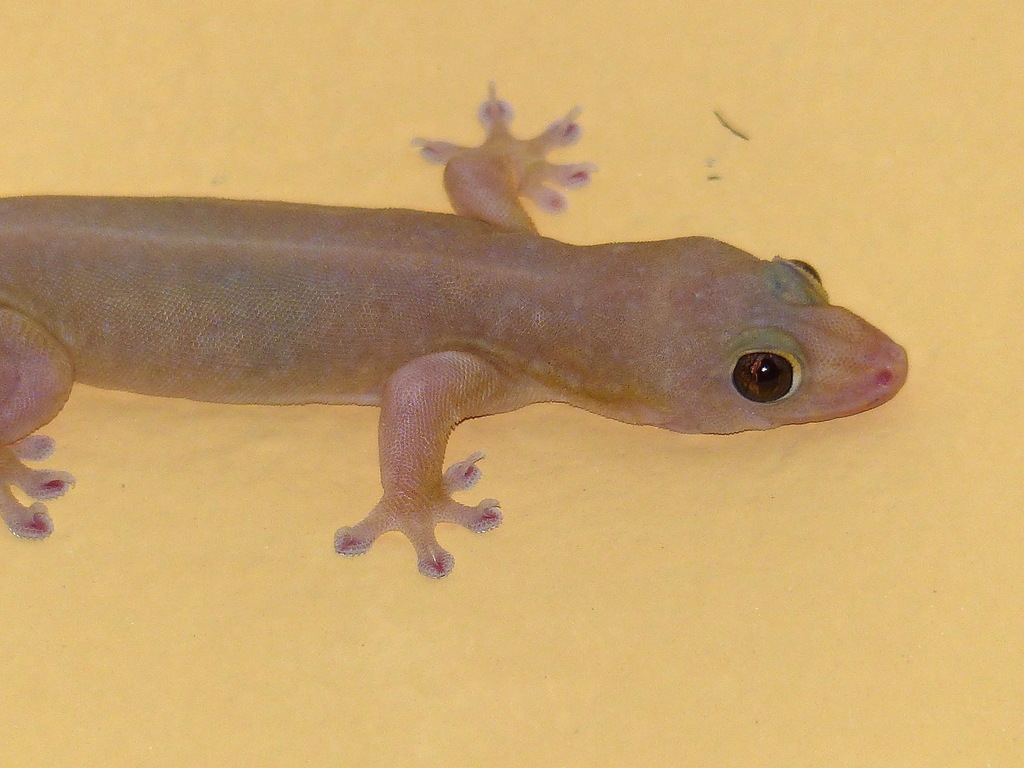Table Of Content

The primary interest is in mapping the rapidly increasing range of the Mediterranean House Gecko, Hemidactylus turcius. Native to the Pacific Islands, including Hawaii, this species has also been introduced to other regions. It is known for its ability to thrive in diverse habitats, including urban areas, where it helps control insect populations.
Community Science Participants Discover New Gecko Populations in California
Welcome to the ReptiFiles Mediterranean House Gecko Care Sheet! You can find a list of these sources at the bottom of this page. By offering your gecko a varied diet, meeting their nutritional requirements, and maintaining an appropriate feeding schedule, you’ll ensure they remain healthy and happy in your care. Make sure to remove any uneaten insects from the enclosure after each feeding to avoid excess waste, as this can lead to unsanitary conditions and potential health issues for your gecko.
Housing the Common House Gecko
In the wild, house geckos generally rely on the ambient temperature of their environment. In captivity, optimal heating is most likely to be provided through the use of low-wattage heat lamps. Mediterranean house geckos are native to the Mediterranean and coastal areas of the Middle East, but they have been introduced as an invasive species in the New World. They are nocturnal in habit and naturally occur on rocky cliffs, but have adapted well to coexisting alongside humans in urban areas. Mediterranean house geckos are smaller species of geckos, often called microgeckos.
Keeping Common House Geckos as Pets
House geckos are opportunistic hunters with a varied diet consisting mainly of small insects and spiders. They are known to consume a wide range of prey, including flies, mosquitoes, cockroaches, ants, and moths. Their feeding behavior is characterized by agility and precision, as they navigate their surroundings in search of food.
Your reptile adventure begins here!
Hopefully, you’ll choose to live with it and let it take care of pest control. Female Mediterranean house geckos have a breeding season from April to August of every year. Females can take up to two months to lay their clutches of eggs.
Habitat Care Essentials
Common house geckos tend to grow to a maximum size of around 5 inches, as is seen with Mediterranean house geckos and Asian geckos. They grow to this size within a year of being born, which is quite a rapid growth rate (roughly 0.1 inches per month) and should be monitored carefully when considering how small they start. A healthy Common House Gecko typically displays vibrant skin, clear eyes, and an active demeanor. Regular, consistent eating patterns and a well-maintained body weight are also indicative of good health.
Layering clean, chemical-free leaf litter on top of the substrate can also help with humidity. Lights should be on for 14 hours/day during summer and 10 hours/day during winter to simulate natural seasonal patterns. In addition to this, they can also be found strolling in the dry lands, shrubs and bushes.
Diet
You will receive a confirmation email that also includes a link to the iNaturalist submission. We have every expectation that GeckoWatch will produce new distributional records including new records for states and counties. These latter two records also are the first records of this species in the state. Join our community of reptile enthusiasts and stay in the loop with the latest news, care tips, and fascinating facts about these amazing creatures. While Mediterranean House Geckos are generally hardy and resilient creatures, they can still be susceptible to certain health issues.
Mediterranean House Gecko Terrarium Size Requirements
By offering suitable insect prey and practicing gut loading and supplementation, you can ensure that your gecko receives the necessary nutrients to thrive in captivity. In addition to gut loading, it may also be necessary to supplement your gecko’s diet with additional vitamins and minerals. This is particularly important if you are feeding primarily captive-bred insects, as they may have a lower nutritional content compared to wild-caught prey. Some gecko owners prefer to use natural substrates such as coconut fiber or cypress mulch. These substrates can help maintain humidity levels and create a more naturalistic environment.
A minimum recommended size is 12″L x 12″W x 18″H (30 x 30 x 45 cm). If possible, opt for an enclosure that is front-opening and opaque on all sides except the front, which will benefit the gecko’s mental health and provide easy access. Despite actually being harmless, the common house gecko or 'wood slave' is considered by some in Trinidad & Tobago to be a bad omen, and to have a poisonous touch. This is an old superstition and, in reality the house gecko is not only harmless, but also beneficial due to its hunting prey including mosquitos and cockroaches. Tropical house geckos are mainly nocturnal and are voracious hunters of nocturnal flying and crawling insects. They have learned to wait near outside wall-mounted lighting fixtures so as to catch the insects that are drawn to the light.
Turkish (Mediterranean) House Gecko Outdoor Alabama - Outdoor Alabama
Turkish (Mediterranean) House Gecko Outdoor Alabama.
Posted: Thu, 12 Apr 2018 16:58:47 GMT [source]
These hiding spots mimic natural crevices and provide a sense of safety for your gecko. There are various options you can incorporate into their enclosure to create the perfect hiding spots. Choosing the right substrate for your gecko’s enclosure is important for their overall well-being.
By ensuring a comfortable habitat, proper diet, and attentive care, you can foster a thriving environment for your gecko, allowing them to flourish and bring joy to your life. Common House Geckos, as their name suggests, have a remarkable ability to adapt to human habitats. Originally native to the lush and warm tropical regions, these geckos have seamlessly integrated into human dwellings, showcasing their incredible adaptability. Their presence is commonly graced in houses and buildings, where they navigate the spaces with their unique climbing abilities. This close association with human habitats has made them a familiar and enchanting presence, allowing enthusiasts to observe their natural behaviors in a home setting.
Additionally, it is essential to monitor the behavior of the geckos closely. If any signs of aggression or stress are observed, it is advisable to separate them immediately to prevent injuries. These signs may include tail waving, biting, or excessive hiding. It is always better to err on the side of caution when it comes to the well-being of your geckos. By understanding the mating behavior and the incubation and hatching process of Mediterranean House Geckos, you can better appreciate the wonders of their reproductive cycle. These remarkable creatures have evolved unique strategies to ensure the survival of their species, and observing their natural behaviors can be a truly rewarding experience.
By keeping the enclosure clean, you can help prevent the risk of bacterial or fungal infections. The ReptiFiles Mediterranean House Gecko Care Sheet is a simplified care summary, not a full ReptiFiles care guide. I strongly encourage readers to do their own research from high-quality, reputable sources outside of just this care sheet as part of preparing for your new pet reptile. The key to providing a healthy, balanced diet for your pet is VARIETY. Provide as varied of a diet as you possibly can, and you will be rewarded with a healthier pet that always looks forward to mealtime.
The common house gecko is ectothermic ("cold-blooded") and displays a variety of means of thermoregulating through behaviour. Its physiology has ramifications for its distribution and nature of interaction with native species, as well as reproductive success as an introduced species. Common house geckos, Hemidactylus frenatus, reach 3-6 inches in length. They have an elongated snout and have an elongated tail that tapers toward the end. The color ranges from pinkish to grayish and may be marbled with darker patches of color. Mediterranean house geckos can become infected with a pentastomic crustaceans, Raillietiella frenatus and Raillietella teagueselfi.

No comments:
Post a Comment